Granite Dust
Gregory Eleser
18 years ago
Related Stories

KITCHEN DESIGNWhat Goes With Granite Counters?
Coordinate your kitchen finishes beautifully by choosing colors that complement granite’s natural tones
Full Story
KITCHEN DESIGN5 Favorite Granites for Gorgeous Kitchen Countertops
See granite types from white to black in action, and learn which cabinet finishes and fixture materials pair best with each
Full Story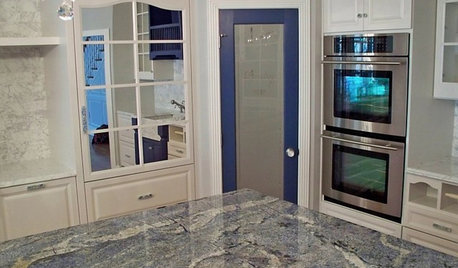
KITCHEN COUNTERTOPSKitchen Counters: Granite, Still a Go-to Surface Choice
Every slab of this natural stone is one of a kind — but there are things to watch for while you're admiring its unique beauty
Full Story
KITCHEN COUNTERTOPSKitchen Countertops: Granite for Incredible Longevity
This natural stone has been around for thousands of years, and it comes in myriad color options to match any kitchen
Full Story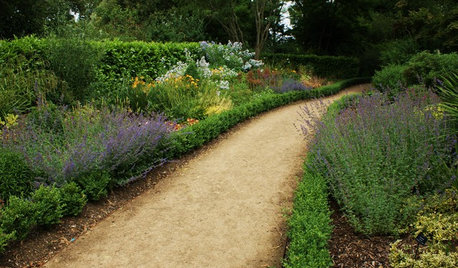
LANDSCAPE DESIGN5 Gravel and Stone Types for a Rockin' Landscape
Give your garden design some textural bam with pebbles, granite, river rocks and other permeable materials
Full Story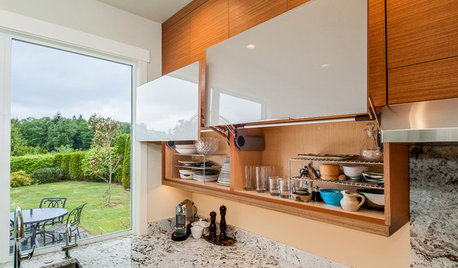
KITCHEN OF THE WEEKKitchen of the Week: Storage and Style Galore
White granite counters add modern style, while things like hidden drawers for pan lids create smart storage
Full Story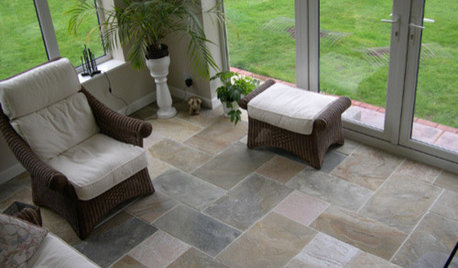
REMODELING GUIDESYour Floor: How to Find Right Stone Tile
Get the Pros and Cons of Slate, Travertine, Sandstone, Marble and Granite
Full Story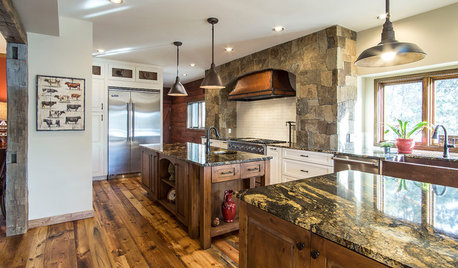
RUSTIC STYLEKitchen of the Week: A Renovation Full of Rugged Colorado Spirit
Stone, copper, reclaimed wood, granite and steel bring the Rocky Mountains into this room
Full Story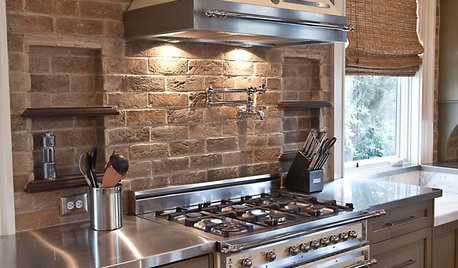
KITCHEN DESIGNYes, You Can Use Brick in the Kitchen
Quell your fears of cooking splashes, cleaning nightmares and dust with these tips from the pros
Full Story







eric_wa
germ
Related Professionals
Washington Landscape Architects & Landscape Designers · Tempe Landscape Contractors · Bridgeview Landscape Contractors · East Lake-Orient Park Landscape Contractors · Edinburg Landscape Contractors · Live Oak Landscape Contractors · Monterey Landscape Contractors · New Cassel Landscape Contractors · Oak Harbor Landscape Contractors · Ridgewood Landscape Contractors · West Covina Landscape Contractors · Cary Decks, Patios & Outdoor Enclosures · Dedham Decks, Patios & Outdoor Enclosures · Livingston Decks, Patios & Outdoor Enclosures · Santa Ana Decks, Patios & Outdoor Enclosuresbyron
germ
dchall_san_antonio
pablo_nh
byron
dchall_san_antonio
mikkle
dchall_san_antonio
mikkle
peter_6
railroadrabbit
railroadrabbit
brendan_of_bonsai
pnbrown
emmaean
timatflatwoods
timatflatwoods
tommyrocks113
mikkle
talaposa
peter_6
yraj3079_gmail_com
rocksinthehead
pnbrown
jodyeph